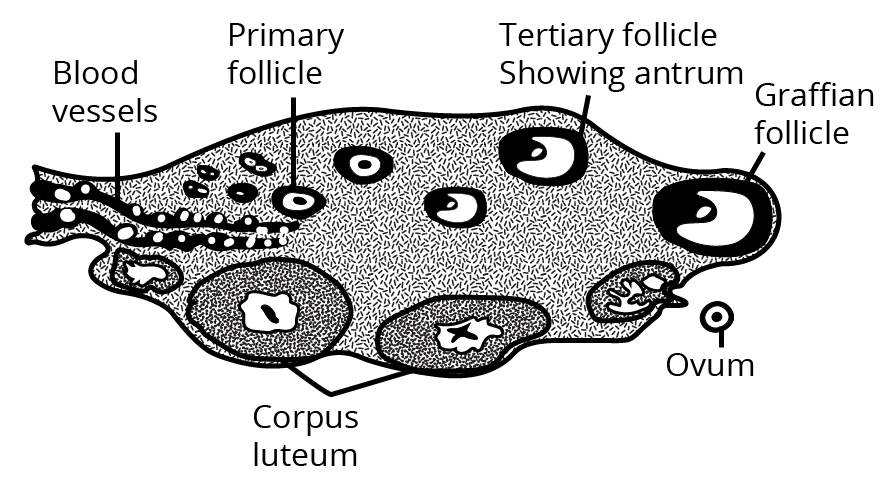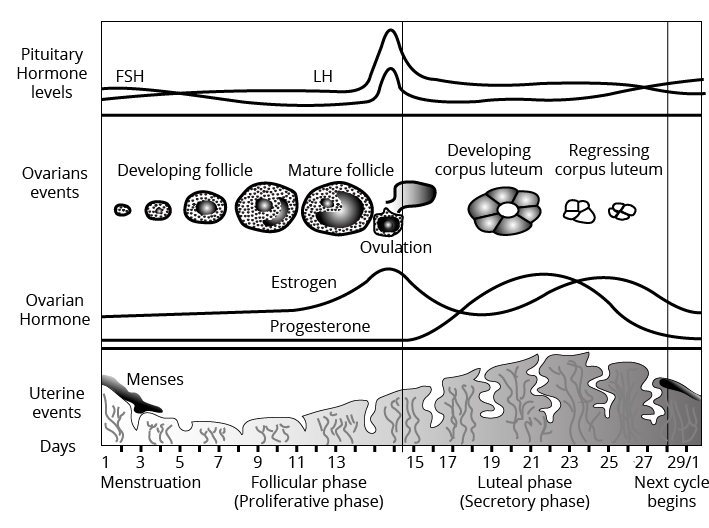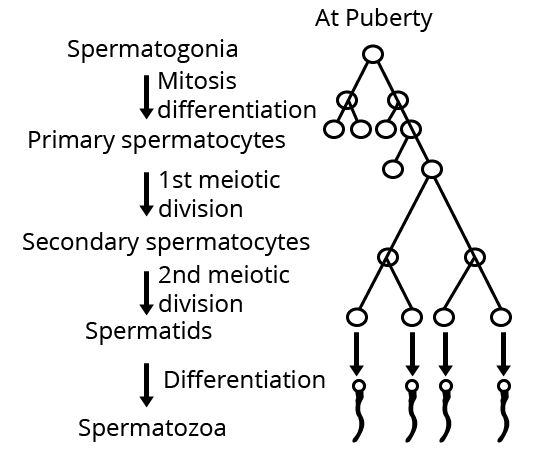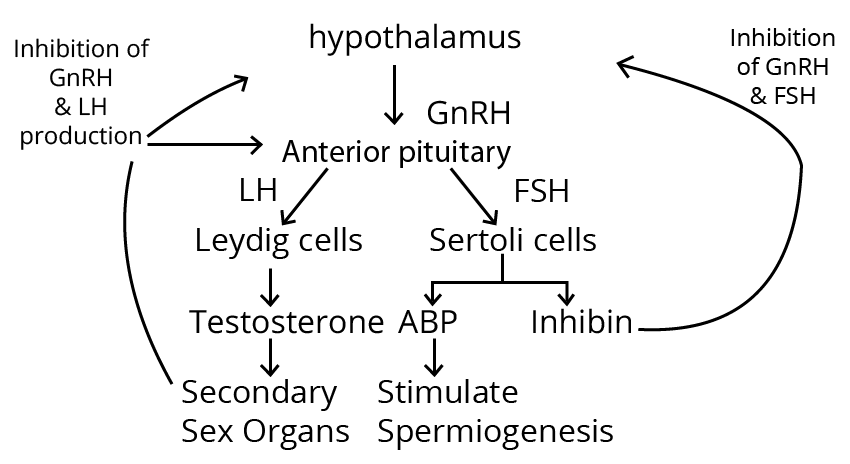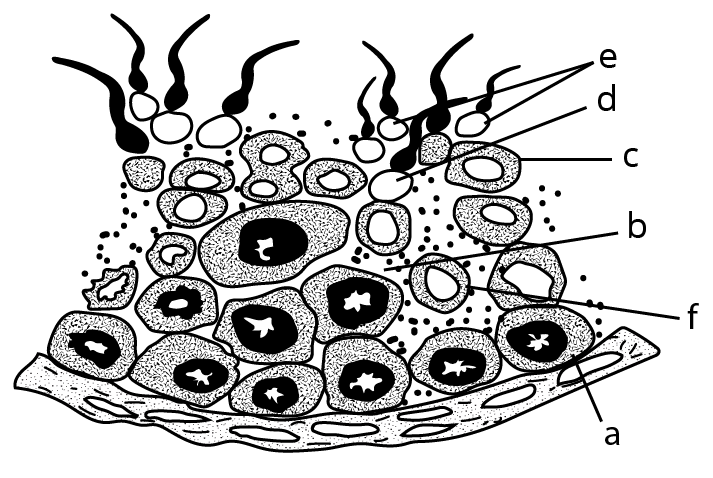CBSE Class 12 Biology Chapter-2 Important Questions - Free PDF Download








FAQs on Important Questions for CBSE Class 12 Biology Chapter 2 - Human Reproduction 2024-25
Q1. What are the significant topics mentioned in Chapter 2 Human Reproduction of Class 12 Biology?
Ans: The significant topics in Chapter 2 Human Reproduction in Class 12 Biology are-
Human Reproduction- Introduction
The Male Reproductive System
The Female Reproductive System
Gametogenesis
Menstrual Cycle
Fertilisation and Implantation
Pregnancy and Embryonic Development
Parturition and Lactation
Summary
You can check out Vedantu to know more about Chapter 2 Human Reproduction of Class 12 Biology. On this platform, you will find notes, a concept-wise summary of the chapter along with textbook questions and answers written in simple and understandable language.
Q2. Write the functions of testes.
Ans: Testes are a part of the male reproductive system. They are the components of both the endocrine system (being as an endocrine gland) and reproductive system (being gonads). The primary functions of the testes are-
Producing spermatozoa or sperm through the process of spermatogenesis.
Producing testosterone (male sex hormone). Testosterone is necessary for the development of testes and producing male secondary sexual characters. The development of testes takes place at puberty.
Q3. Write the functions of the ovaries.
Ans: Ovaries are the parts of the female reproductive system. They have two primary functions. The first is to produce or generate ova or eggs. And the second is to produce the chemicals or hormones that control menstruation and other aspects of human health and sexual well-being. Progesterone and estrogen are the two main hormones released by the ovaries. These hormones are responsible for initiating and controlling physical changes at puberty. They induce secondary sexual characters in the female body. These hormones help the uterine endometrium to prepare itself for fertilisation and implantation.
Q4. Explain the structure of the seminiferous tubules.
Ans: The seminiferous tubules are the structural component found in the adult testis. They are found in the testicular lobules. There are two types of cells in the seminiferous tubules. They are spermatogenic cells and Sertoli cells (supporting cells). Sertoli cells are pyramidal and elongated in shape. They partially cover the spermatogenic cells. Sertoli cells provide nutrition to the germ cells or spermatogenic cells. In testes, there are four to eight layers of spermatogenic cells. These cells divide many times to produce spermatozoa.
These solutions are available on Vedantu's official website(vedantu.com) and mobile app free of cost.
Q5. What are the hormones involved in spermatogenesis?
Ans: The hormones that are involved in the process of spermatogenesis are LH, FSH, GnRH, androgens. Spermatogenesis or production of sperms begins at the puberty stage due to the release of hormone gonadotropin-releasing hormone (GnRH). This hormone induces the anterior pituitary gland to release two hormones (gonadotropins)- follicular stimulating hormone (FSH) and luteinising hormone (LH). LH induces Leydig cells to stimulate the production and synthesis of androgens. Androgens later help in the process of spermatogenesis. FSH helps in the process of spermiogenesis by acting on Sertoli cells. You can visit Vedantu to know more about Chapter 2 Human Reproduction of Class 12 Biology.























